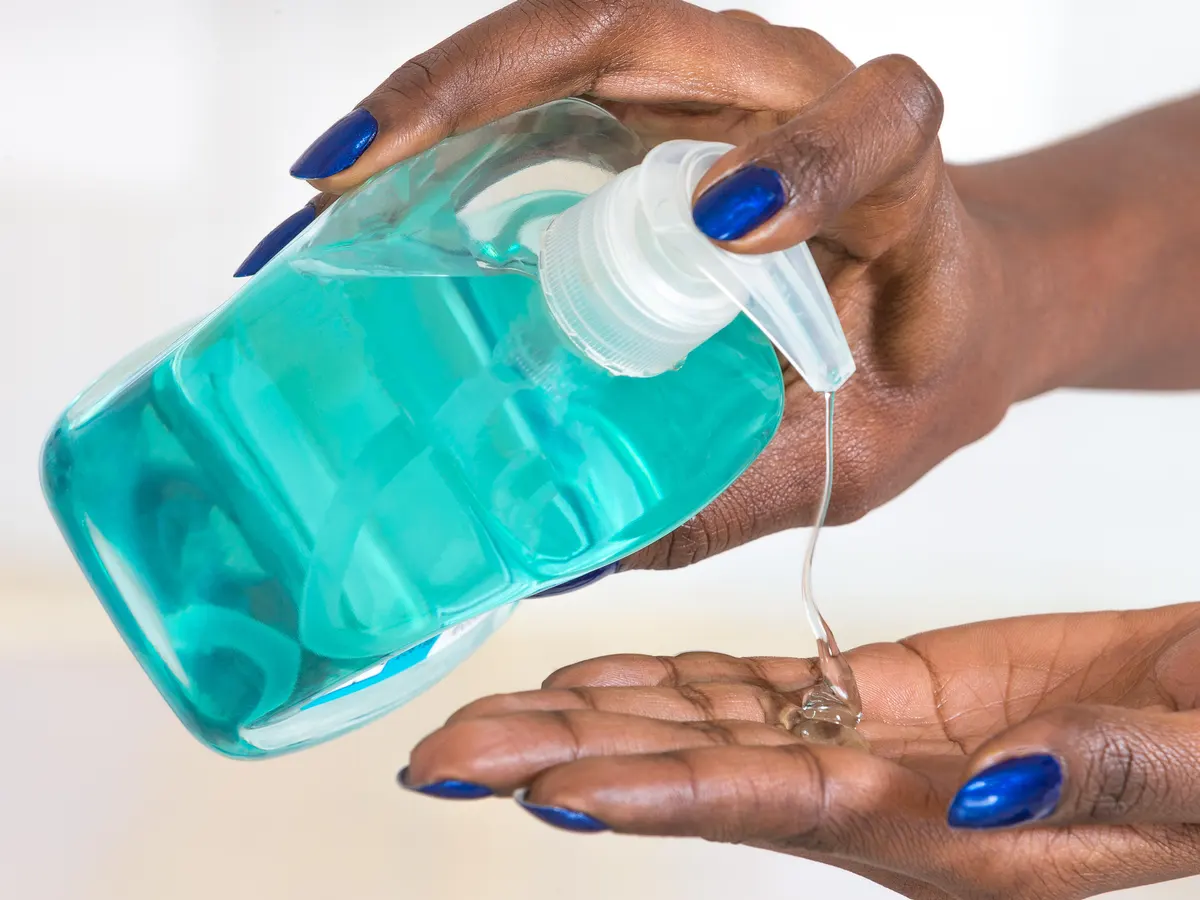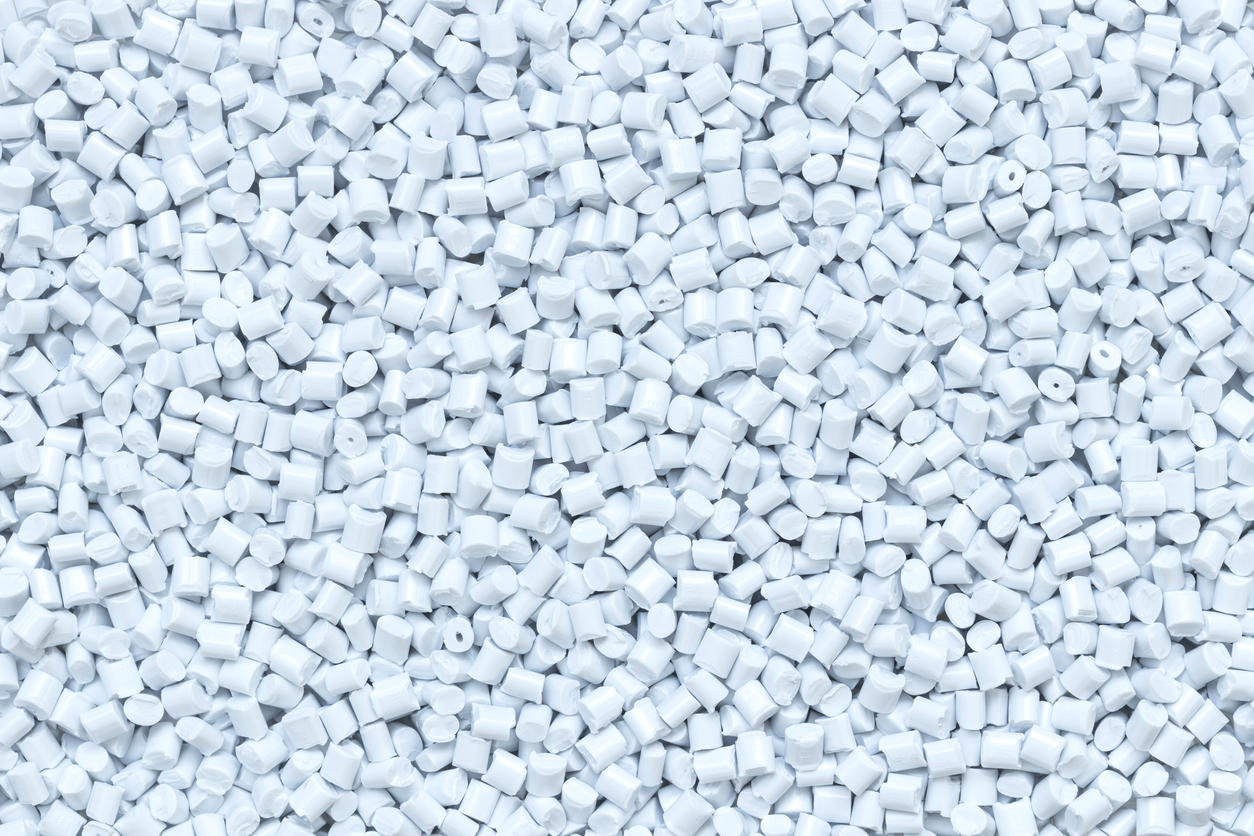Understanding Germicides: What They Are and How They Work
Germicides play a crucial role in maintaining hygiene and preventing the spread of infectious diseases. Whether used in healthcare settings, households, or industrial environments, these substances are essential for killing harmful microorganisms that can cause illness. But what exactly are germicides, and how do they work? This article provides an in-depth look at germicides, including their types, mechanisms of action, and common applications.
What Is a Germicide?
A germicide is a substance or agent that kills germs and other harmful microorganisms, such as bacteria, viruses, fungi, and protozoa. Germicides are used to disinfect surfaces, sterilize medical instruments, and sanitize water, among other applications. Depending on their formulation and concentration, germicides can be effective against a wide range of pathogens.
How Do Germicides Work?
Germicides work by disrupting the essential processes or structures of microorganisms, leading to their death. The mechanisms by which germicides kill or inhibit the growth of pathogens vary depending on the type of germicide. Here are some common ways germicides work:
1. Disruption of Cell Membranes
- Action: Many germicides disrupt the cell membranes of bacteria and other microorganisms. This causes the contents of the cell to leak out, leading to cell death.
- Examples: Alcohol-based germicides (like ethanol and isopropanol) and quaternary ammonium compounds work through this mechanism.
2. Protein Denaturation
- Action: Some germicides denature proteins in microorganisms, which means they alter the structure of proteins, rendering them non-functional. Since proteins are essential for the survival and replication of microorganisms, this leads to their death.
- Examples: Chlorine-based disinfectants and aldehydes like formaldehyde operate by denaturing proteins.
3. Oxidative Damage
- Action: Germicides that act as strong oxidizing agents damage the cell components of microorganisms through oxidation. This can involve damaging nucleic acids, proteins, and lipids, which are vital for the cell’s survival.
- Examples: Hydrogen peroxide and iodine are examples of germicides that cause oxidative damage.
Types of Germicides
Germicides can be classified into several categories based on their chemical composition and mechanism of action:
1. Alcohols
- Common Examples: Ethanol, Isopropanol.
- Uses: Alcohols are commonly used in hand sanitizers, surface disinfectants, and antiseptic wipes. They are effective against bacteria, fungi, and some viruses.
2. Chlorine Compounds
- Common Examples: Sodium Hypochlorite (Bleach), Chlorine Dioxide.
- Uses: Chlorine compounds are widely used for water treatment, surface disinfection, and sanitation in healthcare settings.
3. Quaternary Ammonium Compounds (Quats)
- Common Examples: Benzalkonium Chloride, Cetylpyridinium Chloride.
- Uses: Quats are used in disinfectants for hospitals, food service, and household cleaners. They are particularly effective against bacteria and enveloped viruses.
4. Aldehydes
- Common Examples: Formaldehyde, Glutaraldehyde.
- Uses: Aldehydes are used for sterilizing medical equipment and preserving biological specimens. They are effective against a broad spectrum of microorganisms.
5. Peroxides
- Common Examples: Hydrogen Peroxide, Peracetic Acid.
- Uses: Peroxides are used in sterilizing equipment, disinfecting surfaces, and even as a mouthwash ingredient. They work well against bacteria, viruses, and fungi.
Applications of Germicides
1. Healthcare Settings
- Use: Germicides are essential in hospitals and clinics for disinfecting surfaces, sterilizing instruments, and preventing healthcare-associated infections (HAIs).
2. Household Use
- Use: In homes, germicides are used in cleaning products to disinfect kitchens, bathrooms, and other areas where germs can thrive. They are also used in hand sanitizers and personal care products.
3. Industrial and Agricultural Settings
- Use: Germicides are employed in food processing, water treatment, and agriculture to ensure that products are safe for consumption and free from harmful pathogens.
Safety and Environmental Considerations
While germicides are effective in killing harmful microorganisms, it’s important to use them responsibly. Overuse or improper use of germicides can lead to the development of resistant strains of bacteria and environmental contamination. Always follow the manufacturer’s instructions for safe and effective use.
Conclusion
Germicides are indispensable tools in the fight against infectious diseases and the maintenance of hygiene. By understanding how they work and their various applications, you can make informed decisions about the germicides you use in your home, workplace, or healthcare setting. At Wigmore Trading, we provide a range of germicidal products designed to meet your specific needs.
Get in Touch:
Looking for effective germicidal products? Contact Wigmore Trading today to explore our selection and find the best solutions for your needs. Visit our website, email, or call us for more information.








Comments are closed.